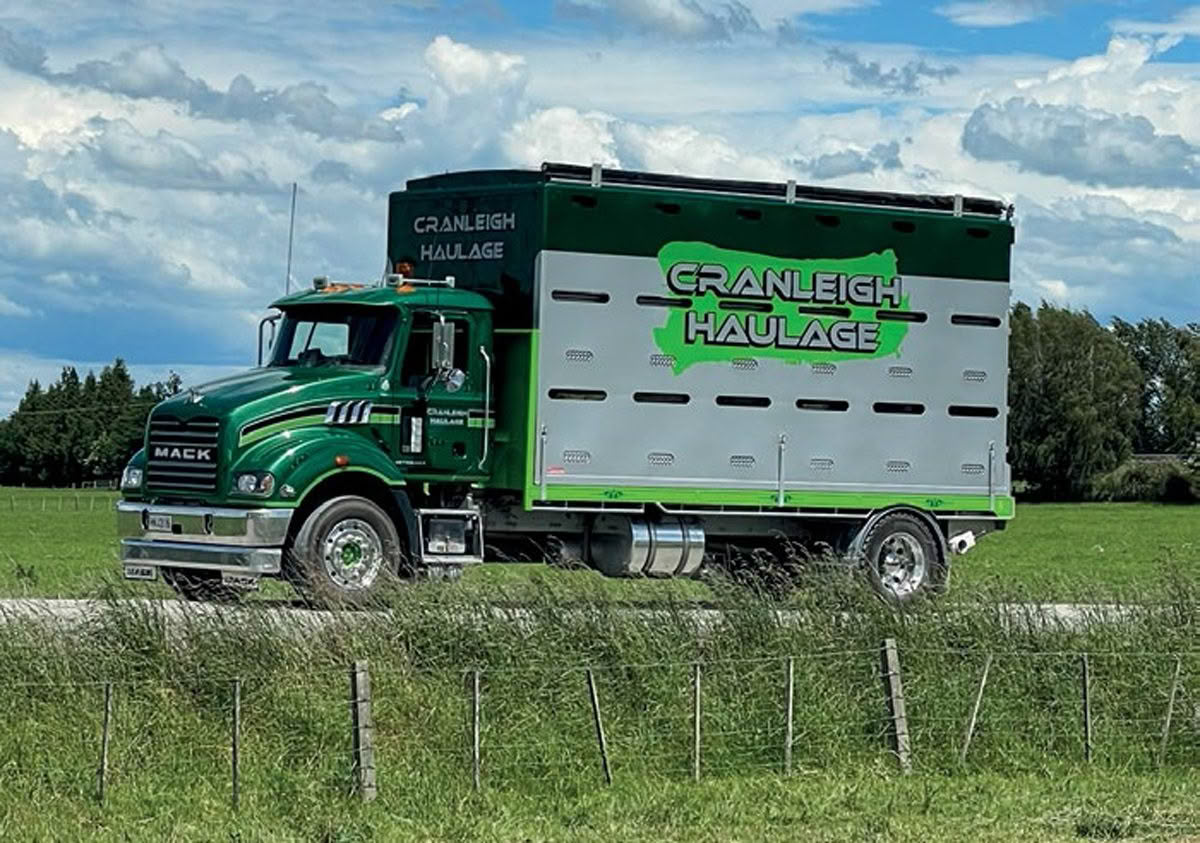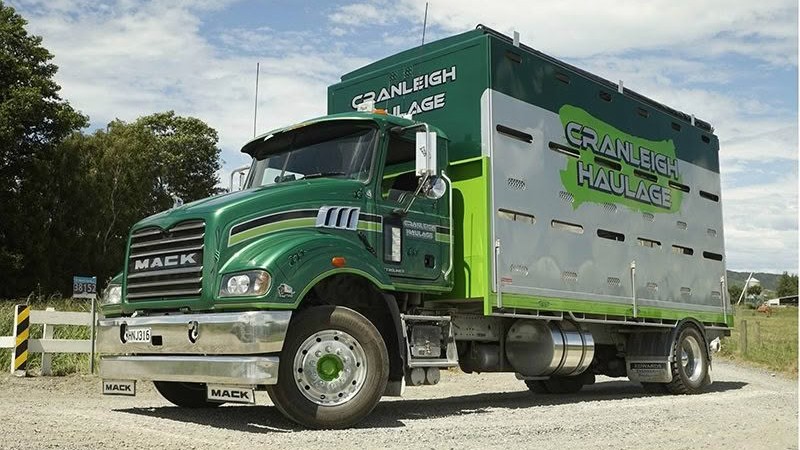
When does 8-4 = 4×2? When you take a secondhand 8×4 concrete mixer, remove a steering axle and drive axle, and create possibly the most flexible rural transport multi-tool on four wheels.
For most, a fleeting glance of the standout 2014 Mack Metro-Liner 4×2 belonging to South Otago’s Cranleigh Haulage fast becomes a laser-locked, all-out stare as the brain attempts to comprehend the thought processes behind the unique ‘mini’ big rig. Some may see madness; however, a chat with company owner Reece Johnston reveals a seriously considered method behind this build.
“When I took over this business in 2011, there were 11 trucks all up, and all heavily under-utilised. I added the three I already had and it just made the situation even worse. It has taken time to work out what we need and where we need it, as well as what’s most suited to this area,” says Reece.
“Because we are close to Silver Fern Farms at Finegand, we tend to do a lot of those little jobs. Like today, we have 26 bulls to shift, and tomorrow just up the road from here we have 10 cattle. So there is absolutely no point running an eight-wheeler for that, and the little Hino Ranger we had in the fleet was just too small for it.
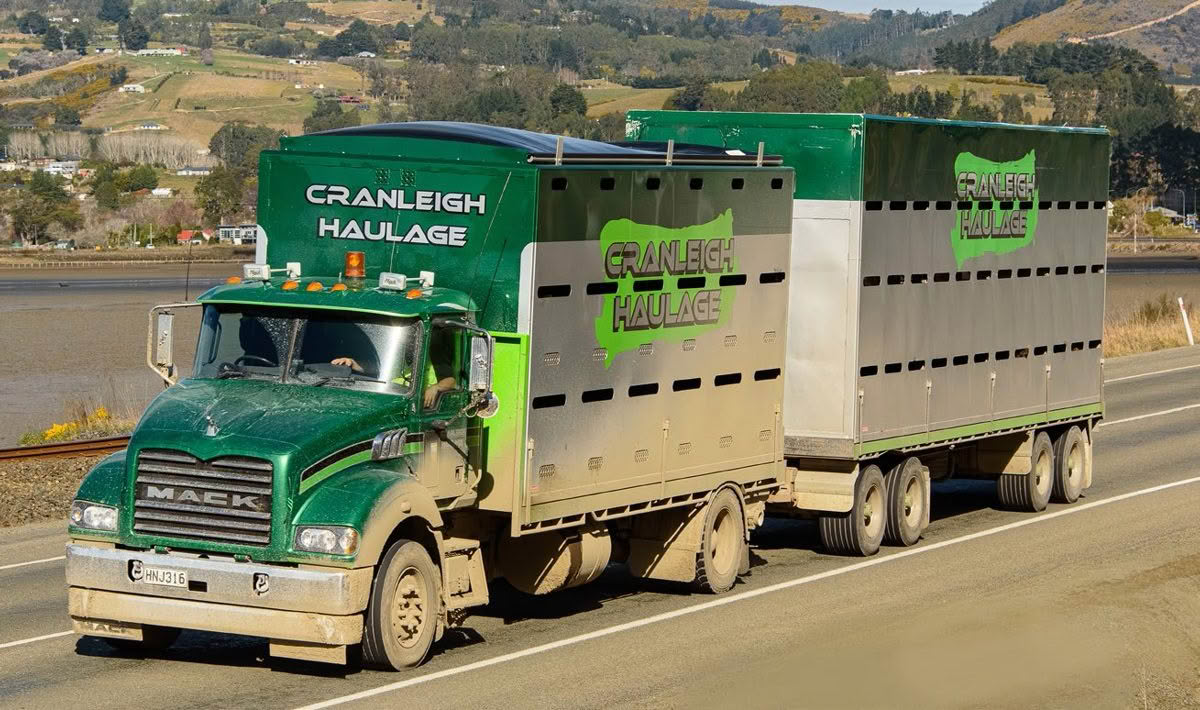
“That had me thinking more and more about an idea that had been in the back of my mind for about seven years. What we really needed was something that could be driven truck-only on a Class 2 licence, but when needed we could hook up a trailer for the slightly larger loads, and still not have to run an eight- wheeler – that was the theory behind it.”
Reece looked over the new 4×2 Japanese options available, all of which would have had a similar cost outcome as the Metro-Liner and its modifications. However there were specific requirements for the application Reece had in mind that the Japanese marques could not provide.
“The critical issue they all faced was that they could not offer the big GCM we were looking for. Because this model was built as an 8×4, its chassis is plated at 33 tonne GCM. Naturally the GVM has dropped back to 14.7 tonne because it has now only got half the axles it was built with, but because the chassis is original and not modified, the 33-tonne GCM remains. So, for example, when we hook up a three-axle bathtub to it, you are about right with a near 25-tonne payload. So this actually puts it up there, and not that far off the productivity numbers of the big gear.”
Looking at the project, in the scheme of things the re-purposing of the Metro-Liner was reasonably straightforward. Most of the work was completed within the business’ workshop at its Kaitangata base by on-site mechanical guru Gary Cuthbert. Built with a Cummins ISC engine set at 253kW (340hp) and running a nine-speed manual Roadranger, the Metro-Liner has a good pedigree for the application. These were both found to be in good health with about 227,000km on the clock. The second steer axle was removed, then the rear tandem drive bogie was slid out from under the chassis, with an air-ride single-drive axle out of a donor 10-wheeler being fitted in its place.
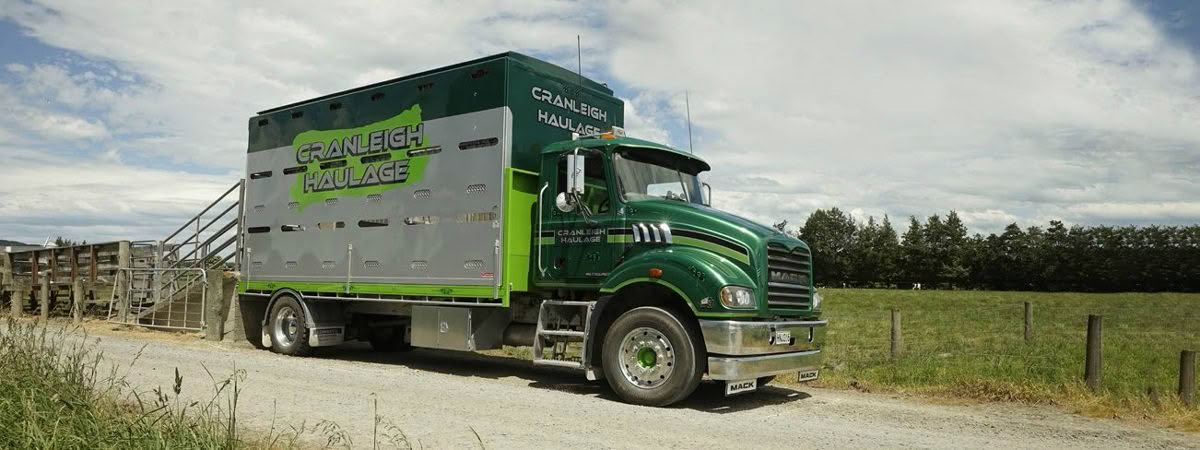
As things started coming back together again, there were a few minor hurdles to iron out, but all in all, it was extremely straightforward. However, the Metro-Liner back in 2014 was not built with ABS, so this had to be addressed for re-certification. Reece explains how it was not a major, as they had Transpecs’ own technicians come out to site and fit all the required components to bring it up to spec.
“That was straightforward, basically a day’s work for the techs, but it was an expense we could have bypassed had we purchased a donor truck that already had ABS fitted. Never mind, we will know for next time,” says Reece.
As for the prop shafts, these were also straightforward, all things considered. “From the back of the gearbox to the centre bearing is all original, as the truck left the factory. Then, when it came to fitting the new diff and air ride suspension, we found that the prop shaft out of the donor 10-wheeler fitted perfectly, virtually slid straight in place. It couldn’t have been easier really.”
When it came time to build the body for the Metro-Liner, Reece kept versatility at top of mind. “We thought we really need to build it as a swap body; this would allow us to also utilise it for the likes of fert deliveries. We run a lot of fert and urea out to landing strips and helicopters, and sometimes they only require a small load.
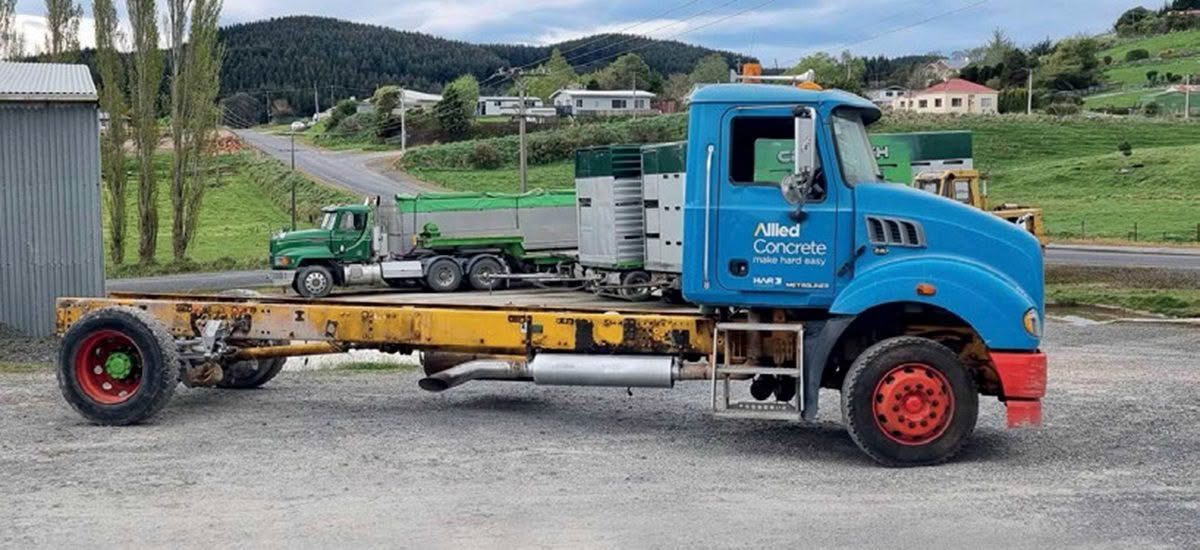

With its new purpose-built Nationwide three-deck crate, it tares in at 9250kg, this gives us a touch under six tonne of livestock on board. Then, when its set up for fert its good for just on 8.5 tonne of product. So again, the unit really is perfect for handling those smaller quantities”.
Another thing that the little Mack is helping with is attracting young drivers into the industry. The fact that it can be driven on a Class 2 licence makes it a great truck to learn the craft in. “I can tell you now, if I was 18 again and you parked this alongside a Japper, there would be no question which one I would be going for,” Reece says.
When the Metro-Liner was new in 2014, delivering its first 9m3 load of 25mpa mix to a construction site in Tīmaru, it would never have dreamed that 10 years down the track it would be zapping about farm gate to farm gate, on all manner of rural work in and around South Otago. The Metro-Liner as it stands now is a true testament to Reece’s vision, and that good ol’ No. 8 wire thinking that us Kiwis are renowned for.
